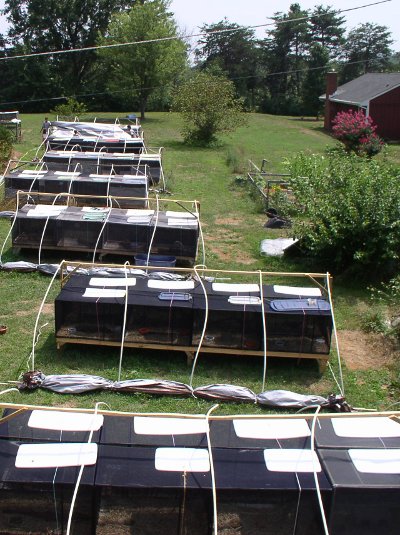Love the cage. I just poked holes at the top, guess I need to do a little more.
This is my first ever cricket colony I started. And I read that its not ideal to feed the crickets dog food? I planned on feeding them a lot of veggies like carrots, lettuce, some fruits like strawberries, cricket crack and such but was also going to throw in dog food as well.
Thanks! Be careful making it if you're just going to crudely cut the plastic with a steak knife (like I did).
You don't want to use dog food or especially cat food for gutloading because they contain high amounts of animal protein, and since chameleons are not carnivorous their kidneys are not equipped to handle high amounts of animal protein. It can lead to kidney damage and/or failure or gout, which is very painful and sometimes impossible to treat. There are many other very good options for gutloading that provide the correct types of protein and other nutrients needed for excellent growth and health so there is simply no need to risk health problems by using dog or cat food imo. It's generally discouraged across the forums for those reasons.









